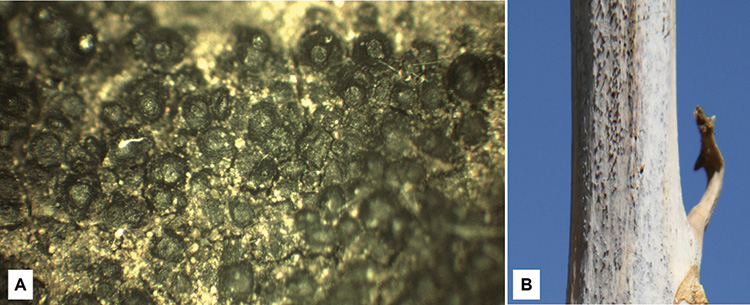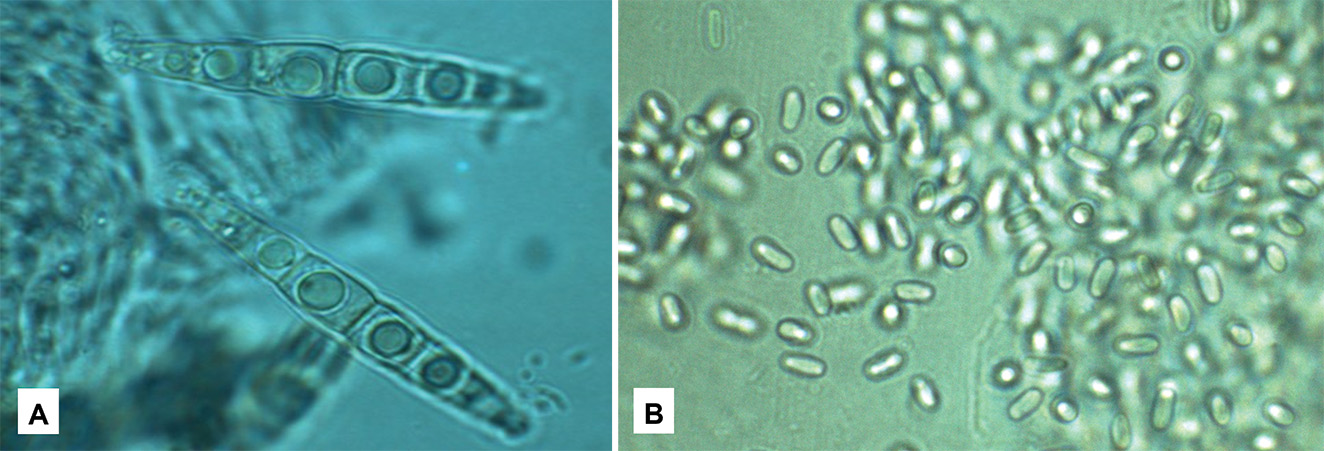Blackleg seed treatment helps in some scenarios
KEY RESULT:
Seed treatment could reduce early blackleg infection, depending on canola variety resistance.
PROJECT NAME, PRINCIPAL INVESTIGATOR:
“Investigating interactions of ascospores and pycnidiospores with blackleg resistance in canola and efficacy of seed-applied fungicides in these specific interactions in Western Canada” Dilantha Fernando and Shuanglong Huang, University of Manitoba; Gary Peng, Agriculture and Agri-Food Canada Saskatoon
FUNDING:
SaskOilSeeds
This study suggests that genetic resistance is the most promising strategy to deal with blackleg disease. The study also shows that the infection caused by a mixture of ascospores and pycnidiospores led to the greatest blackleg aggressiveness.
Objectives of this study were to (1) develop a protocol to efficiently produce ascospore and pycnidiospore inoculum with defined virulence (Avr) profile for inoculation of canola seedlings in research and resistance screening by industry; (2) assess potential interactions of inoculum types (ascospores and pycnidiospores) with the variety resistance; and (3) evaluate the efficacy of seed-applied fungicides against the infection.
First, a quick refresher on the blackleg cycle. The L. maculans fungus overwinters on infected canola residue. In the spring, the fungus produces fruiting bodies, called pseudothecia and pycnidia (Figure 1), on infected canola residue. Pseudothecia may continue to be produced on infected residue for several years until the infected residue breaks down. Pseudothecia release small microscopic sexual spores, called ascospores (Figure 2A), resulting in long distance dispersal of the disease to newly planted canola crops. Ascospores are considered the primary inoculum. During the growing season, the pathogen also produces another type of fruiting body called pycnidia that appear as pepper-like spots within lesions. From the pycnidia ooze masses of tiny spores called pycnidiospores (Figure 2B). These spores spread short distances by rain splash and wind, and cause secondary infection within a crop. Infected stubble can continue to produce pycnidiospores for three to five years.
Results
Objective 1.
Researchers developed protocols to produce ascospores and pycnidiospores in the lab, and used these lab-reared spores to test canola materials for blackleg resistance in both controlled environment and field conditions.

Objective 2.
Researchers inoculated a panel of 17 commercial canola lines with ascospores, pycnidiospores and a combination of the two and assessed for seedling and quantitative resistance. Field experiments carried out in Carman, Manitoba and Melfort, Saskatchewan in 2022 and 2023 indicated that the mixture of ascospores and pycnidiospores exhibited the greatest aggressiveness level. Ascospores were the next most aggressive. Indoor experiments came to the same conclusion. With infected stubble likely to produce both types of spores, longer breaks between canola crops – allowing stubble to decompose – remains an effective management practice.

Objective 3.
When researchers applied ascospores and pycnidiospores directly into canola plants through fresh wounds, fluopyram seed treatment reduced blackleg, relative to non-treated control. However, the treatment made little difference on resistant varieties where the disease levels were low. This is likely because this infection came later after the fungicide effect waned. In short, seed treatment could improve canola plants from blackleg spores that enter early through wounds on cotyledons. Insect feeding is a common cause for these wounds.




